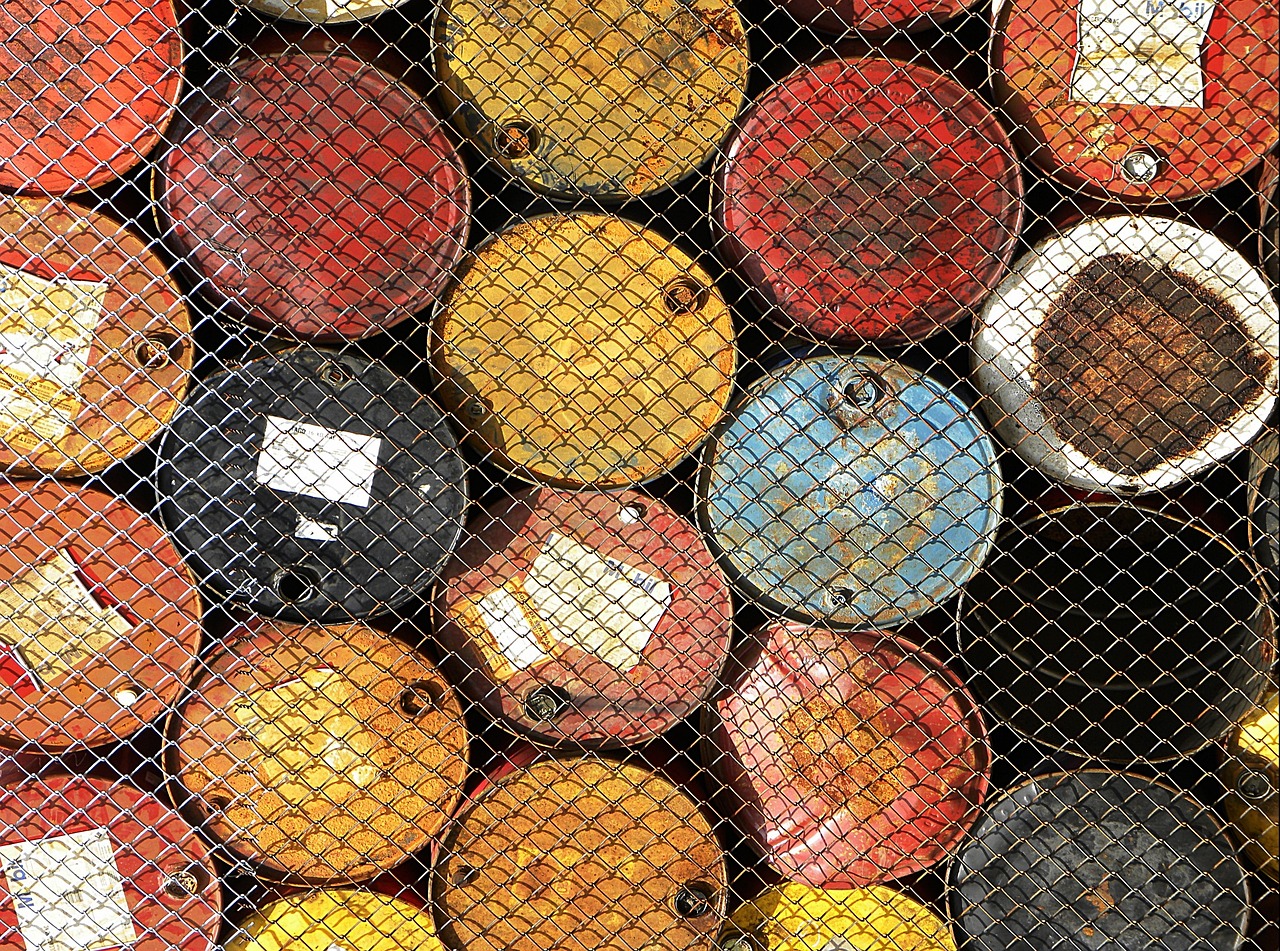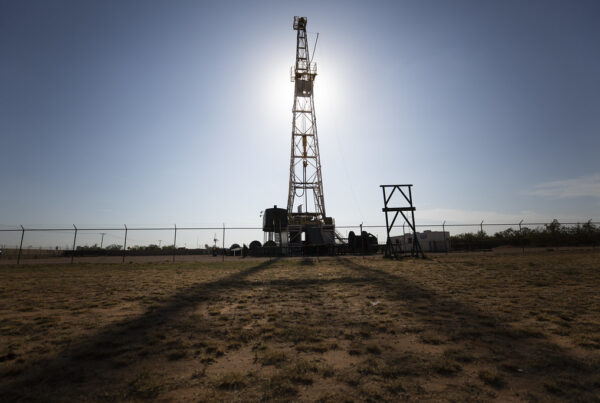Ukraine has been ramping up drone attacks on Russian oil refineries, despite warnings from the U.S. not to do so. Over the weekend, a drone strike caused a fire and knocked out a refining unit at a facility in the city of Samara.
Matt Smith, energy analyst for Kpler, joined the Standard to discuss how these strikes could affect the global energy market – and what ripple effects we’re already seeing. Listen to the interview above or read the transcript below.
This transcript has been edited lightly for clarity:
Texas Standard: So let’s get right to it. Are these Ukraine drone attacks having an impact on the broader oil market, or are they just impacting Russia right now?
Matt Smith: Absolutely they’re having a global impact.
So it’s important to recognize that even though Russia has sanctions placed upon them and they can’t sell clean products to Europe, they still export about 1.6 to 1.7 million barrels per day of clean products. So that’s predominantly gasoline and blending compounds and diesel.
The thing is, when you typically see a refinery outage, it’s bullish for the products and it’s bearish for crude. So what I mean by that: if we see a hurricane come into the Gulf of Mexico and hit Texas refineries, it causes gasoline prices to rise because supply gets hit – that production, where that means it frees up all this oil. And so it’s bearish for oil.
But in terms of Russia here, it’s actually supportive for both products and for crude because it means that Russia isn’t exporting products to the global market, whereas they’re having to cut back on their crude production because they aren’t able to sell it at all.
And so in terms of the numbers here, they’ve already seen about 500,000 barrels a day of refining capacity hit because of previous drone attacks. And this one adds another 100,000 barrels a day to that total.
Well, let me hit further on the Russia exports, because didn’t Russia announce they will cut production anyway at the OPEC+ meeting earlier in the month?
Yeah, exactly. And that was really interesting.
But the reason they did that was because of a lack of places to store their crude. So they don’t have a lot of onshore inventories. They have a lot of pipelines and the country is massive. So they tend to use the pipelines to store their crude.
But, you know, since European sanctions kicked in, the number of countries that Russian crude can be sold into has dropped dramatically from like 30 to just a handful here. So it looks like they are going to have to cut their crude production, which is going to be supportive for oil prices here.
So let’s talk very big picture. Is it fair to say that the global economic backdrop has improved in recent months, and if so, can we assume that that’s positive for oil demand?
Yes. So we are seeing signs of economic improvement, particularly in the U.S. But the thing to bear in mind is that we’re consuming more oil than ever before. We consume over 100 million barrels a day, and we’re adding about a million barrels per day of demand growth each year. And we’ll continue to do that over the next decade.
And so while the global economy is supportive for oil demand growth, we’re also seeing demand pick up because of, say, the Red Sea concerns – you know, vessels are having to divert, which means more fuel consumed as they go on longer journeys.
But in terms of the economic backdrop, and particularly just for the U.S. side of things, if the U.S. economy continues to keep performing as well as it does, that’s going to keep supporting oil demand. But on the flip side, if we do see signs of the economy starting to weaken, the U.S. central bank, the Federal Reserve, will cut rates, which will act as a stimulus measure.
And so either way, things both economically and for oil demand will seem to be pretty good right now.
So is this impacting production in the U.S. at all? Are producer saying we need to produce more to make up for this or what?
As prices push above that $80 level, and potentially higher, they’re going to be incentivizing the U.S. producers, particularly in the Permian Basin there, to perhaps want to push out more oil to get more revenue. So higher oil prices really does mean a high production.
Well, and you alluded to this at the top, but has there been an effect already on U.S. gas prices? It seems like they’ve been going up again recently.
Absolutely. They have been around about $3.50 on the national average here now. And so we’re up pretty solidly over the last month or so.
And that’s because the key drivers of prices at the pump is that price of oil. And so as we see that grinding higher, you know, it’s also a seasonal thing. But yep, higher prices at the pump too, unfortunately.
So anything you’re watching as to what may change over there in the next, I don’t know, couple of months?
The key remains geopolitical concerns. And so, you know, we’re seeing various different events just in Russia over the weekend here, but relating to the Red Sea, we’re not going to see those geopolitical concerns dissipate any time soon.
So that’s really a theme for this year, just as it has been for the last few years. So keep your eyes on that.












